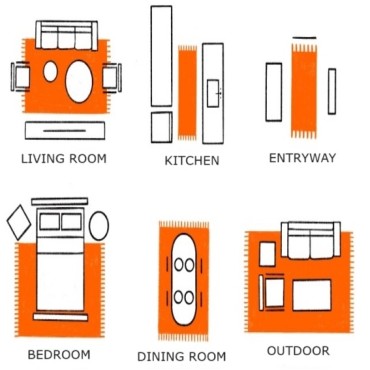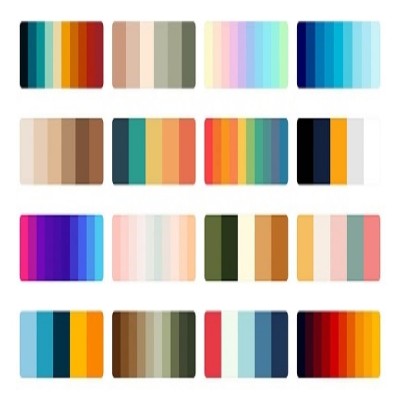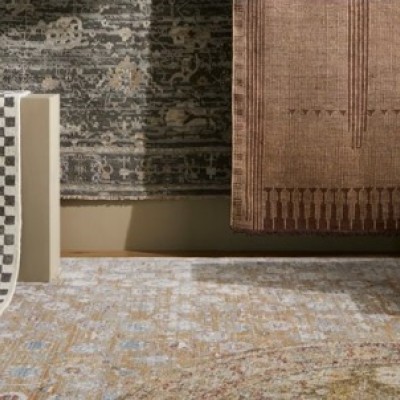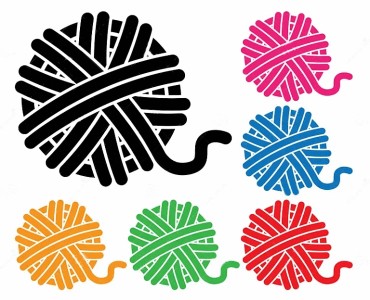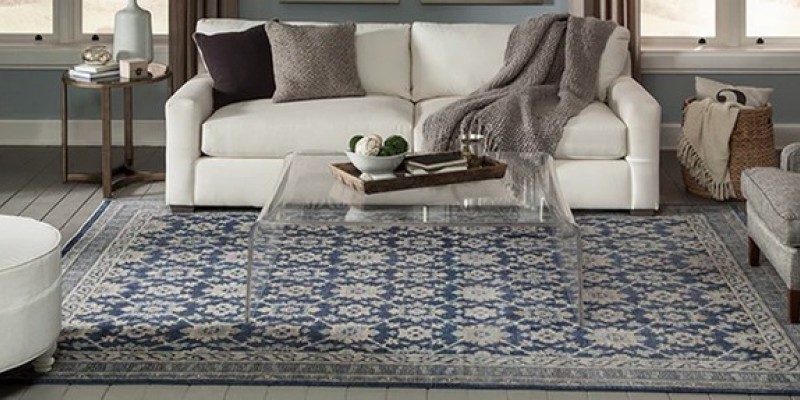
Rugs have long been used in interior design as functional and artistic elements, showcasing the cultural identities and aesthetics of the societies producing them. In addition to providing warmth and comfort underfoot, these textile creations are also highly valuable in terms of historical and cultural significance. Rug patterns and designs are often influenced by the cultural contexts in which they are created, and both traditional and contemporary styles continue to appeal to audiences worldwide.
Traditional Rug Designs: A Glimpse into Cultural Narratives
Rugs provide a window into the rich tapestry of cultures across the globe, combining histories, customs, and environments into intricate patterns. Persian rugs, for instance, reflect the ancient Persian civilization's reverence for nature and mathematical precision, which influenced the intricate floral motifs and geometric patterns on their rugs.
Similar to nomadic tribes of Central Asia, nomadic tribes make rugs that reflect their rugged lifestyle and deep spiritual connections. Rugs in bold reds, blues, and earthy tones represent elements such as fire, water, and earth, reflecting the nomads' dependence on these natural resources to survive.
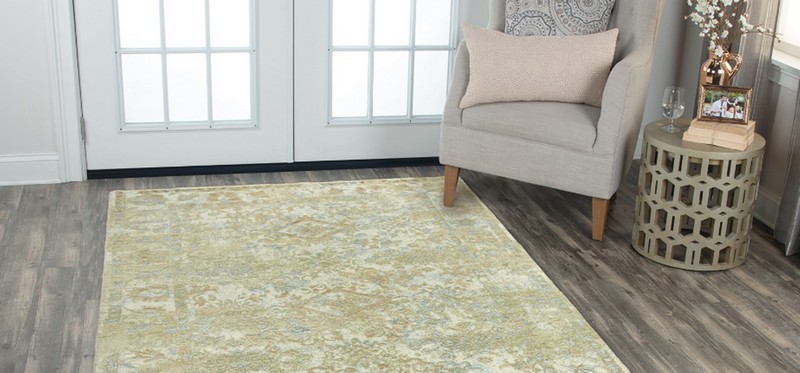
Evolution of Traditional Designs: Contemporary Rugs
Cultural expressions evolve and interact with each other as cultures evolve and interact. Rug designs from the contemporary era represent a fusion of traditional motifs and modern sensibilities. Designers incorporate elements from various cultures to create rugs that bridge the gap between historical significance and contemporary aesthetics. Moroccan rugs demonstrate this cross-cultural pollination by combining traditional Berber designs with geometric patterns that appeal to modern interior designers.
Globalization and Cultural Exchange
Due to globalization, there has been an increase in the exchange of ideas, styles, and techniques across national boundaries, resulting in a melting pot of design influences. The internet and international travel have made it possible for artisans and designers to draw inspiration from diverse cultures, resulting in rugs that celebrate global unity. Indian rugs might feature Scandinavian minimalism, and Turkish rugs might include African tribal art motifs. Interconnectedness has led to an exciting era in rug design that defies traditional classification.
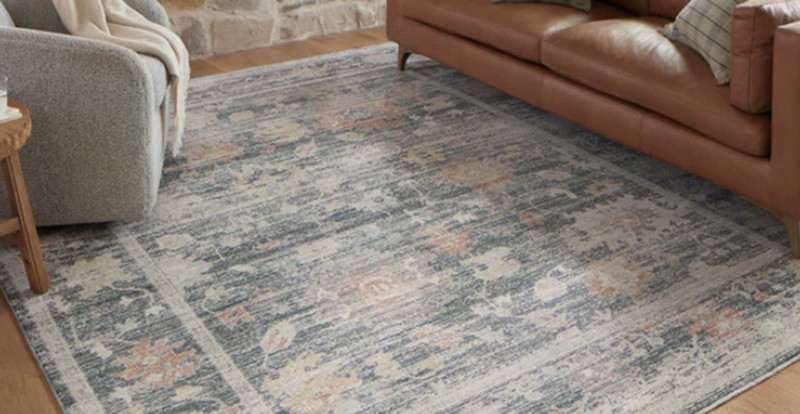
Preservation of Heritage
Although contemporary designs are flourishing, there's a growing concern over how to preserve traditional rug-making techniques. Artisans and organizations need to make sure ancient methods don't get lost in the midst of modernization. Afghan weavers demonstrate this commitment to preserving heritage by continuing to weave traditional war rugs, incorporating threads that reflect the country's turbulent history into their work.
Sustainability and Innovation
Sustainability and innovation have emerged as significant factors influencing rug design in the contemporary design landscape. As environmental consciousness grows, designers are increasingly using eco-friendly materials and methods to produce their products. Besides being a response to the demand for sustainable products, this shift also recognizes the interconnectedness of culture, nature, and design.
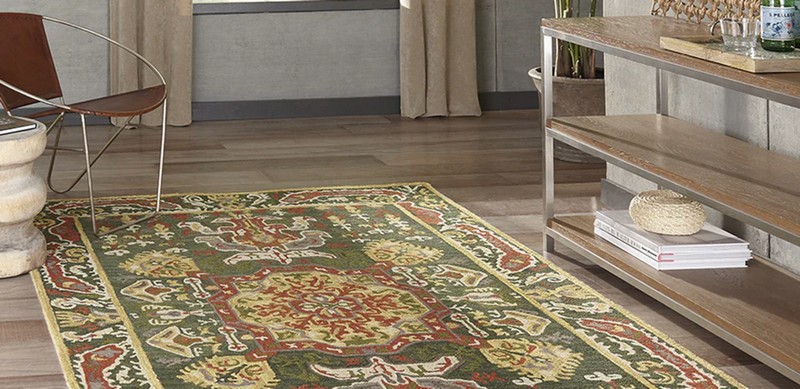
Conclusion
We at Rugs Town recognize that rug design combines culture, history, and artistic expression to demonstrate the dynamic interaction between the three. The traditional designs act as a link to the past, offering insight into society's values and traditions of the old. Conversely, contemporary patterns reflect the ever-changing landscape of global interaction, reflecting the fusion of various influences. Amidst an increasingly interconnected world, rug design continues to be a captivating journey that reflects the synthesis of human creativity and cultural diversity.
